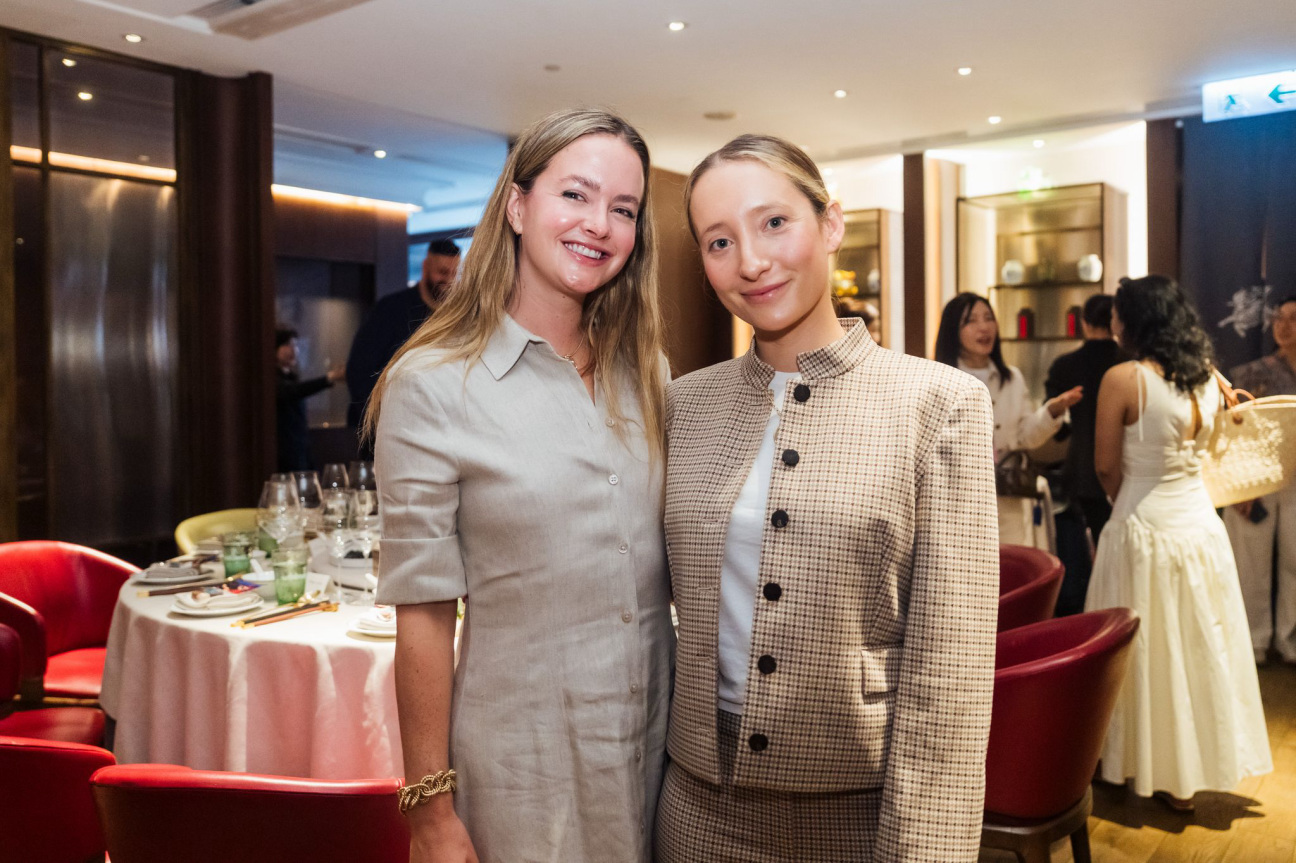
It wasn’t in my plan to make it to Asia this year, but living on the West Coast always gives me a false sense of closeness to that side of the world (even if the flight from New York ends up being only marginally different).
With my impending move back east, I made a last-minute decision to go for Art Basel Hong Kong—and bring CULTURED along with me.
After making a pit stop in South Korea for an obscenely expensive face laser for which I have yet to see results, I landed in Hong Kong, rushed to my hotel to get myself presentable, and hit the ground running.
Tuesday night—the night before the fair opens to VIPs—is always the busiest. Every gallery understands that top collectors will likely leave immediately after the first day, so it's imperative to get some face time and host their clients before the vernissage. That meant three stops for me that evening (even though, in the end, I only made it to two).
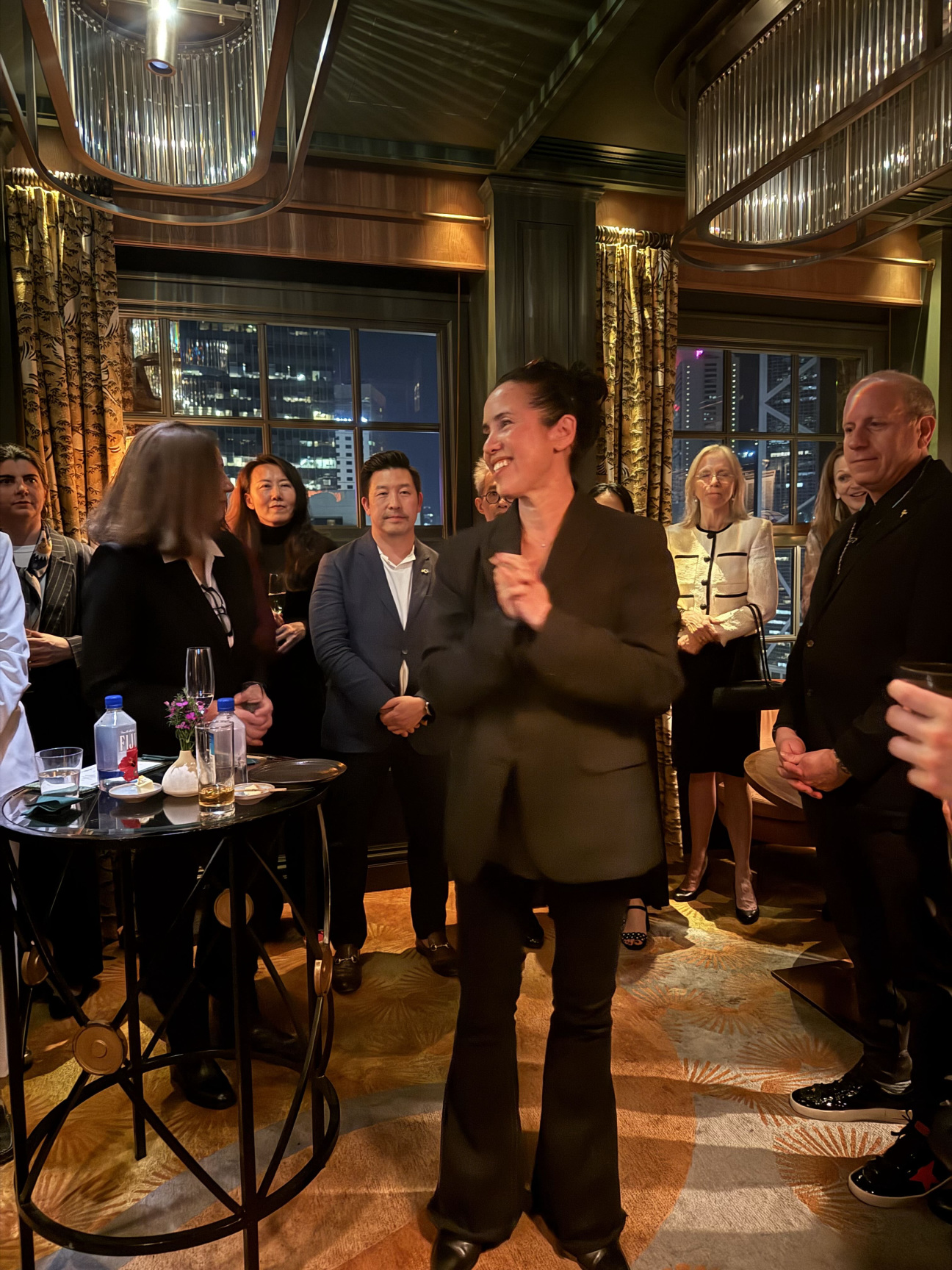
First stop: a dinner at the elegant Cantonese restaurant Mott 32 hosted by Karma gallery, because it’s always great to support friends and gallerists you believe in. Second: Gagosian’s party at the Mandarin Oriental to support one of my favorite contemporary female artists, Sarah Sze. If you have yet to see her show in Hong Kong, do make a point to visit.
Luckily for my jet lag, the fair started at noon the next day, giving me ample time for some breakfast in bed. As far as fairs go, Art Basel Hong Kong has always had its own personality. I connected with Art Basel Hong Kong Director Angelle Siyang-Le on her take for this year’s fair.
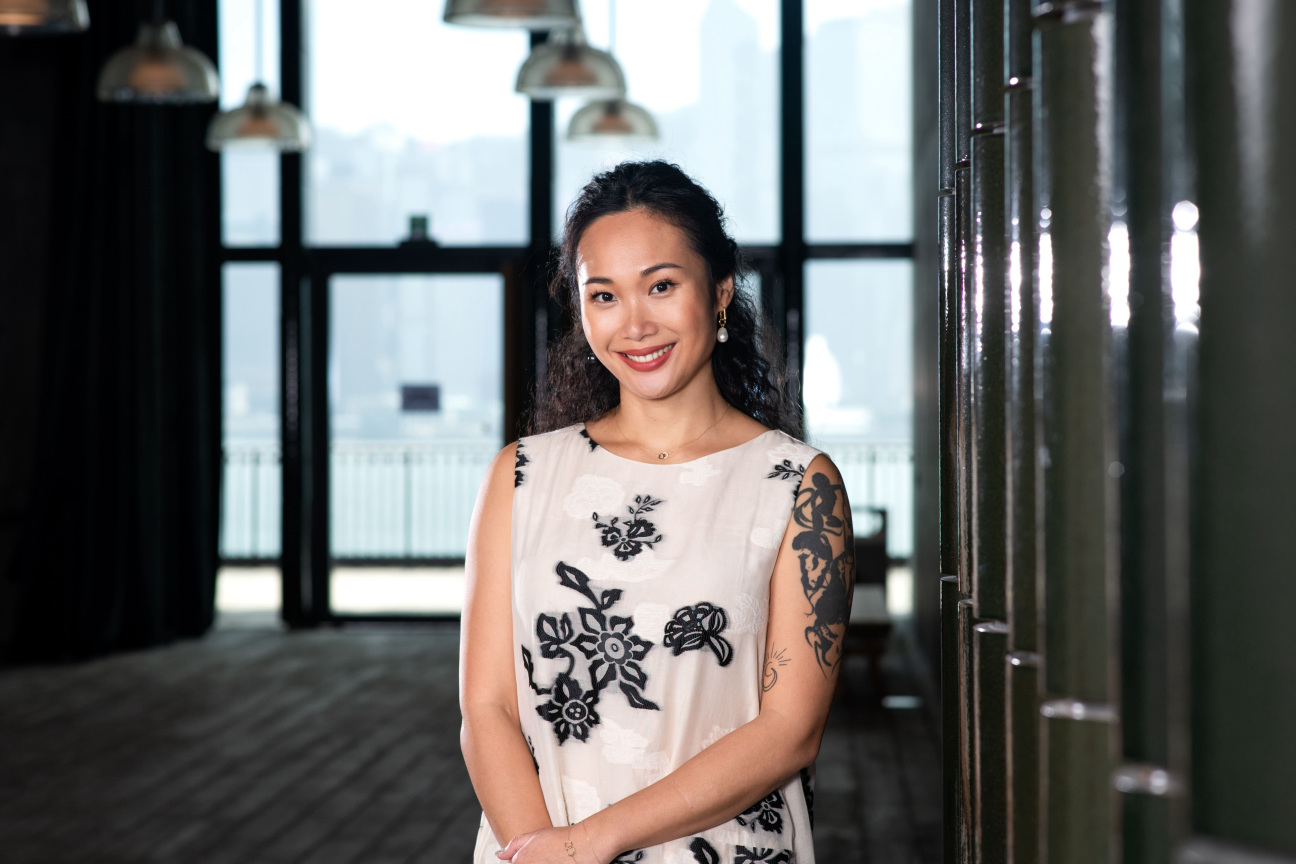
Sophia Cohen: How does Art Basel Hong Kong feel this year energy-wise? Are you finding that people from Europe and the U.S. are still coming, or is it mostly Asian collectors?
Angelle Siyang-Le: The fair this year has a really exciting energy—there’s a strong turnout of Asia-Pacific collectors alongside steady participation from their global counterparts. International museums and institutions also turned out in full force.
The increased presence of South and Southeast Asian collectors is especially noteworthy this year. This aligns with the fair’s growing representation from the region, with galleries from Singapore, Thailand, the Philippines, and Indonesia. The fair brings together established players like Silverlens and Gajah Gallery with fresh energy from exhibitors like Shrine Empire, who are returning to the fair after 10 years, as well as newcomers like Tarq and Bangkok CityCity Gallery.
Cohen: What makes the Hong Kong show different from other Art Basel fairs?
Siyang-Le: Art Basel Hong Kong distinguishes itself through its strong connection to the region—more than half of our exhibiting galleries come from Asia-Pacific.
The film program has always been one of the major features of our fairs, but here in Hong Kong, it comes to the forefront with Para Site, one of Hong Kong’s most respected independent art institutions, curating its lineup for the first time, bringing together the works of 30 artists across seven screenings.
As with all our fairs, we place a focus on emerging talent, something that is perhaps best exemplified this year by the launch of the new MGM Discoveries Art Prize, which just awarded its first winner—Shin Min, represented by P21—with a grant and an exhibition opportunity in Macau. And, of course, our Insights sector is unique to our Hong Kong show, which presents curated projects from 1900 to the present, spotlighting artistic voices specifically from the Asia and Asia-Pacific region.
Beyond the fair, our public program brings the city to life. From Monster Chetwynd’s mesmerizing performance at Pacific Place to striking digital projections on the M+ façade, these activations transform Hong Kong into an extension of the fair.
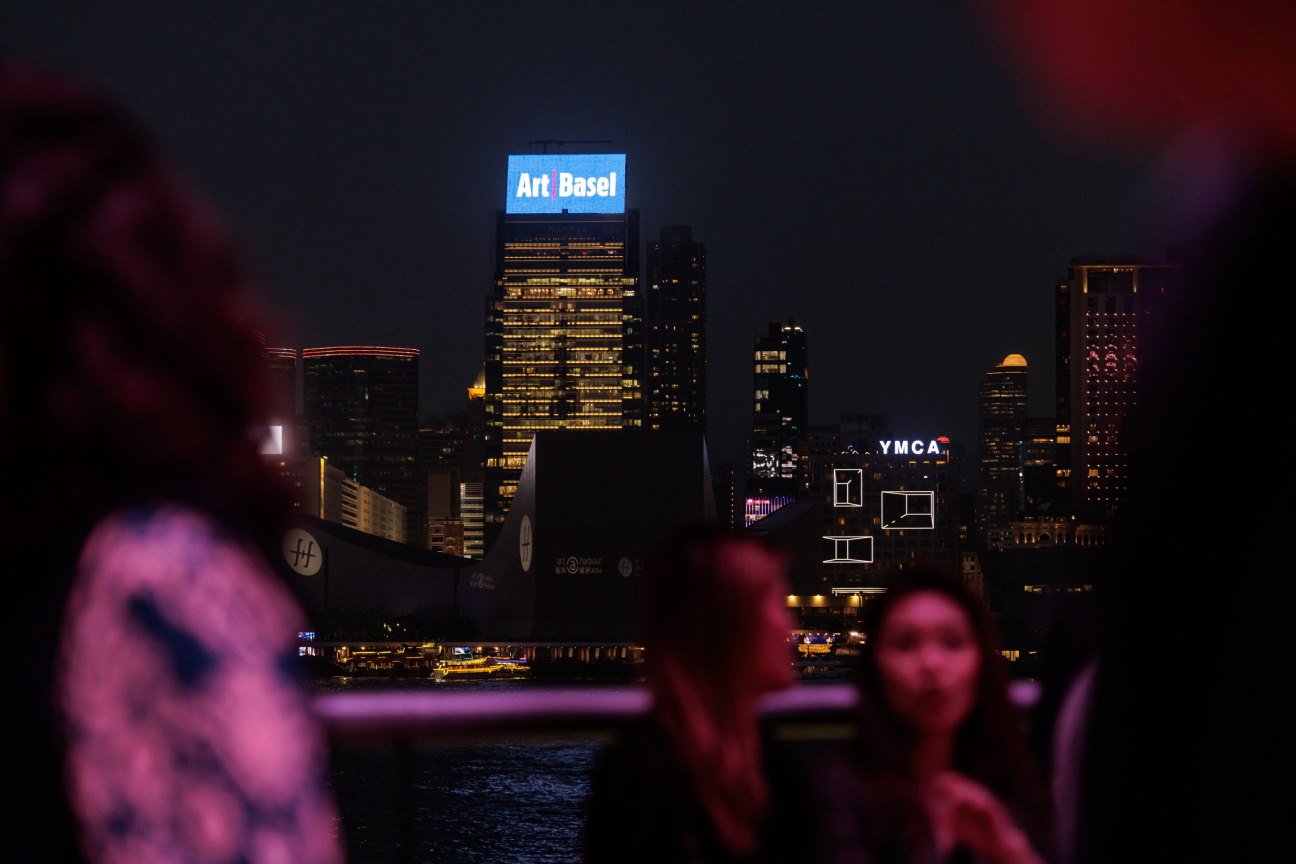
Cohen: Any booth that caught your eye?
Siyang-Le: I couldn’t possibly single out favorites—every exhibitor brings such distinctive energy to the fair. That said, first-time participants always offer fresh perspectives: Anant Art Gallery’s survey of Aisha Khalid’s three-decade career in Insights revealed the Pakistani artist’s profound engagement with materiality, while Blank Projects’s solo presentation of Igshaan Adams’ monumental tapestries translated the dynamism of Indigenous South African dance into textile. PHD Group’s debut stood out with Michele Chu’s haunting kitchen installation, where domestic rituals become meditations on loss.
Returning galleries also impressed—Dastan from Tehran and Toronto presented a compelling group exhibition exploring the body’s dialogue with the environment. And there’s an inspiring story behind Anat Ebgi’s booth: After supporting their artists through January’s wildfires in Los Angeles, the gallery was granted additional space as part of the Kabinett sector to present more work by those affected by the loss.
Cohen: One question I get a lot from clients is, how do you decide where each gallery goes or what floor they are on?
Siyang-Le: It’s a puzzle, to say the least! There are lots of factors that go into the development of each fair, including artwork that may have special requirements and the placement of our special sectors—most notably Encounters, which is dedicated to large-scale sculpture, installation, and performance works that transcend the traditional fair booth. Each year, the process evolves as galleries submit more ambitious proposals—some even reimagining their booth spaces as immersive environments—which pushes us to think creatively about the flow and adjacencies. That energy of experimentation is what makes the experience feel fresh, even for returning visitors.
(That last question was mainly for my own curiosity, I have to admit.)
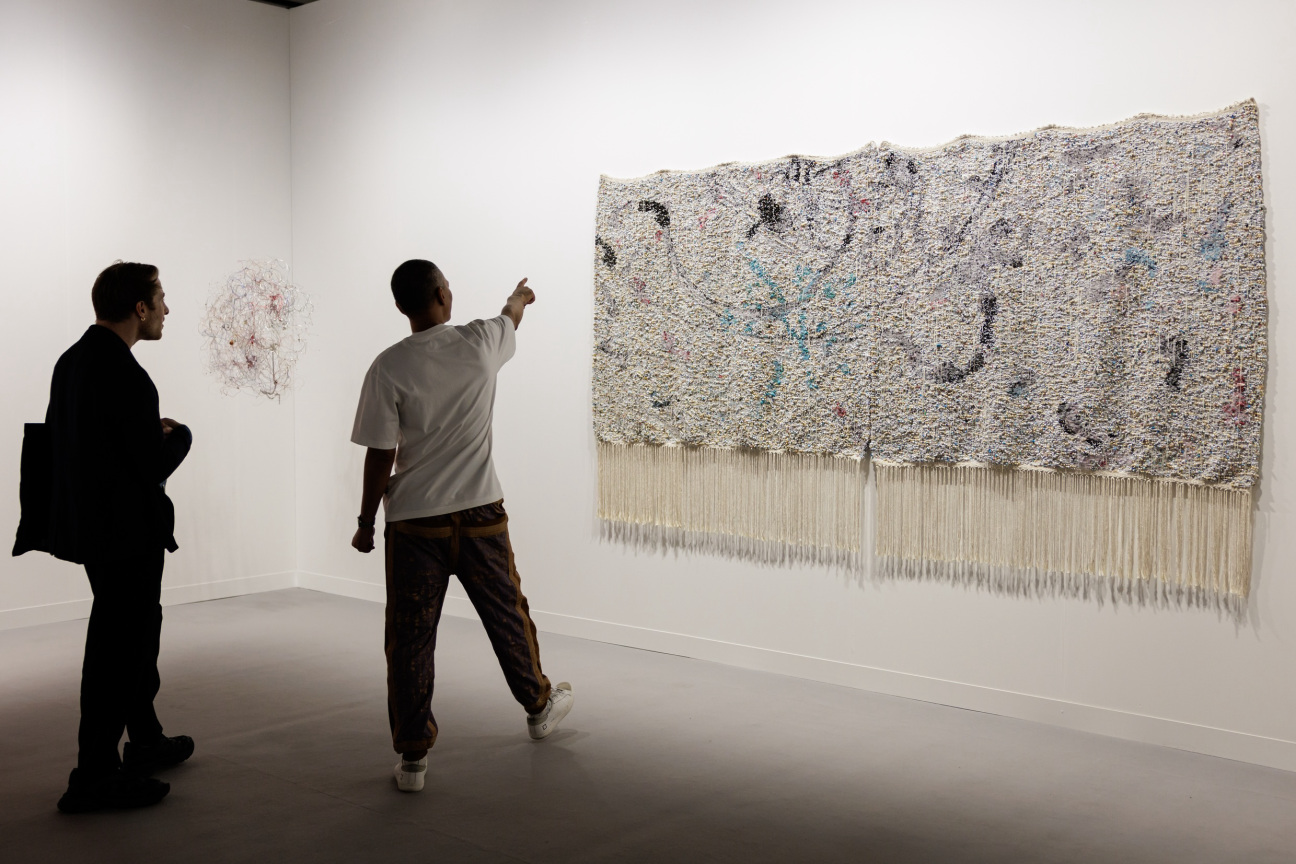
After my day at the fair and chat with Siyang-Le, I snuck up to the pool and had a glass of wine. There is nothing like decompressing after a long day of visual stimulation. I also use that time to reach out to the galleries about works that I or my clients are interested in—some are good conversations, others are frustrating, but alas, that is the game of buying and selling.
Later that evening, I attended the David Zwirner dinner at Cardinal Point overlooking the city to celebrate Emma McIntyre and her incredible show. (If you want to learn more, check out my recent interview with the artist.)
Thursday was M+ day. I wanted to make sure to stop by the museum’s exhibition “Picasso for Asia: A Conversation,” which placed Picassos from the Musée national Picasso-Paris in dialogue with works by Asian and Asian diasporic artists from the museum’s collection. I think M+ is doing incredible work with not only their permanent collection but also their visiting shows. It’s a must-see if you’re in Hong Kong and have a free morning or afternoon.
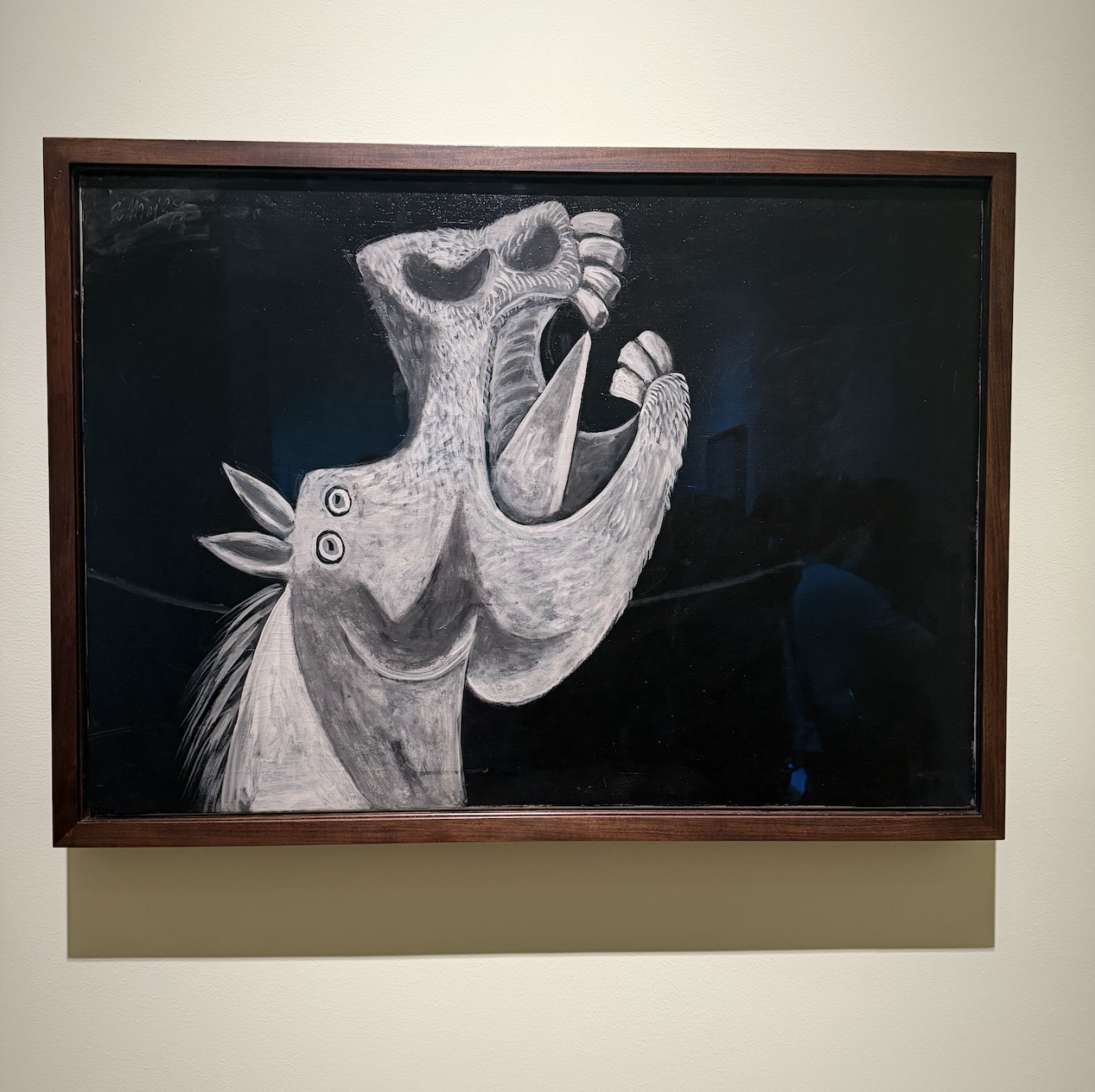
For lunch, I hosted a table at a LACMA global ambassadors event where we gathered our community for an incredible meal and fascinating conversations. I left feeling inspired that the art community has access to some of the most interesting and special people in this world. Every time this group of ambassadors comes together, I’m reminded why I love my job so much.
After lunch, we made our rounds to the galleries and saw some incredible shows outside of the fair. Two of the most memorable were Hauser & Wirth’s Louise Bourgeois show and Sotheby’s private sales showcase, where works by Thomas Houseago and René Magritte caught my eye.
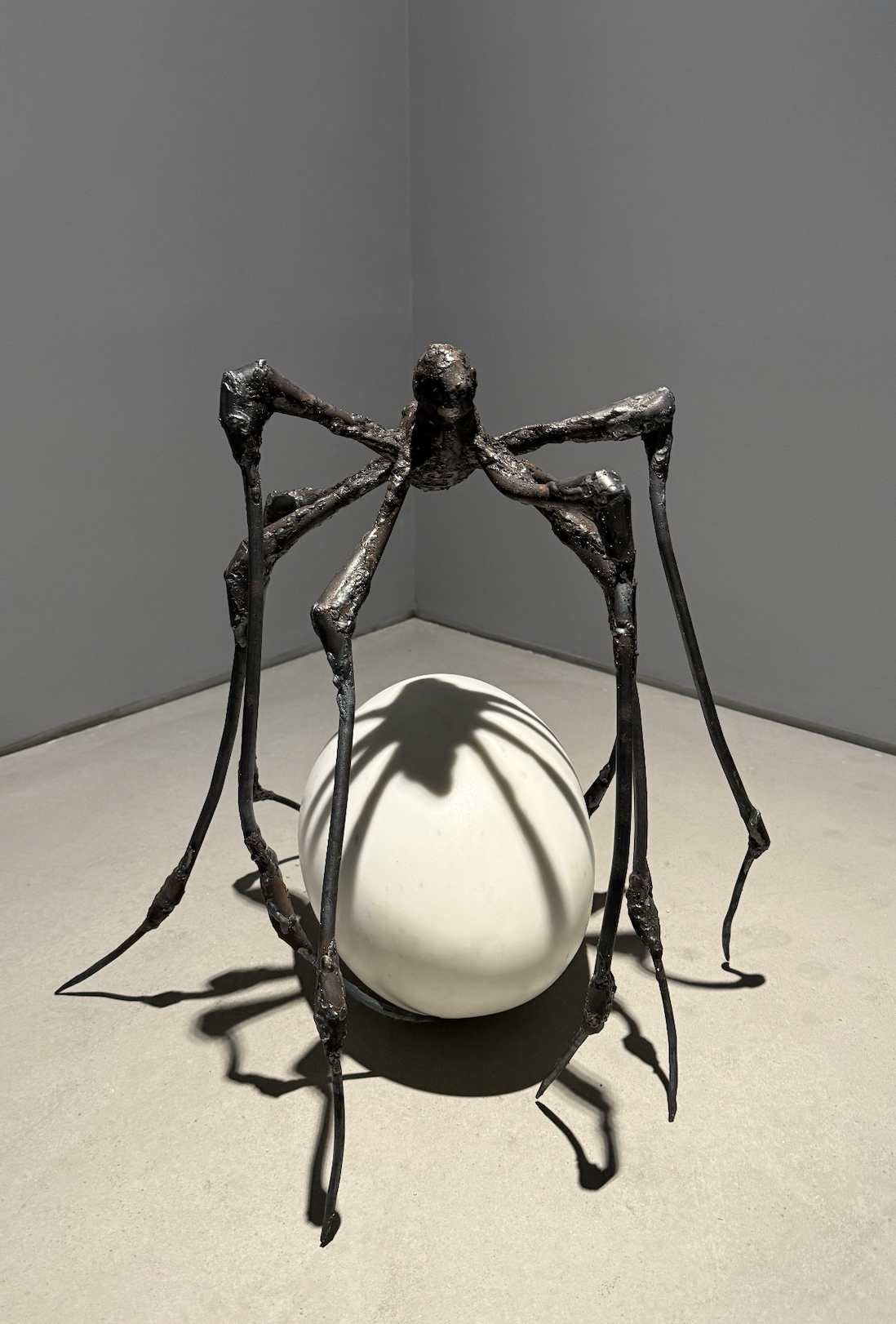
Just when I thought I had nothing left in the tank, I pushed a little more and walked a client who lives in Hong Kong around the fair. Whether or not it’s your job to do so, I always find it useful to go back and take a second look—there are always things you miss the first time.
To end my Hong Kong adventure, I had dinner with friends and found myself dancing until 5 a.m. at Cassio. The music was so good I had to be dragged out.
I knew my 12-hour flight home would get me back on the sleep track, so I didn’t miss my last meeting of the week the next morning. It helped that it was at Ten Feet Tall (if you know, you know). I tend to get all my best deals done during a great reflexology session.
Overall, I left the fair feeling connected to my peers and curious about the current state of the art market. Until next time, Hong Kong.
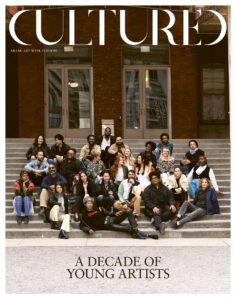
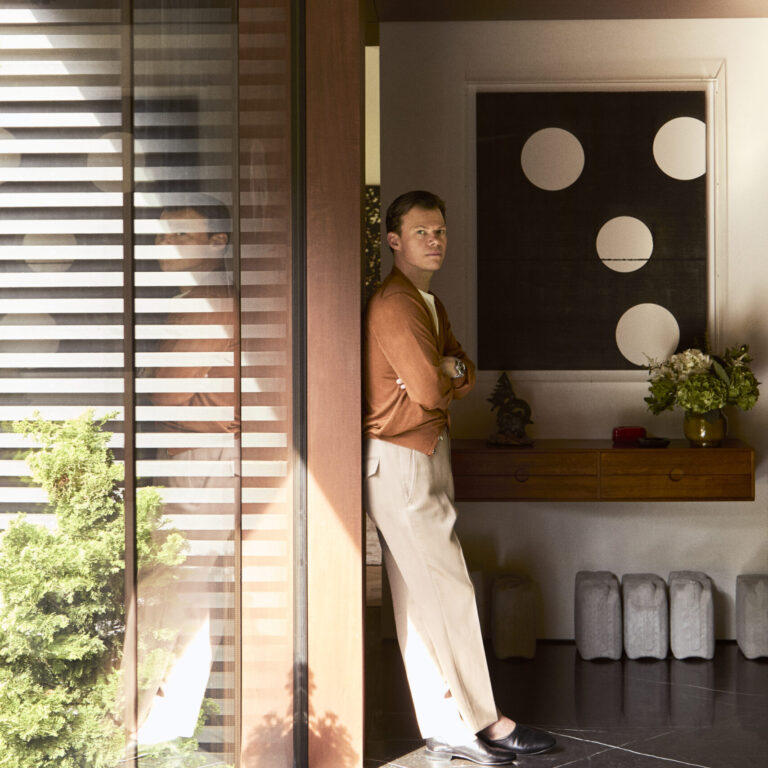

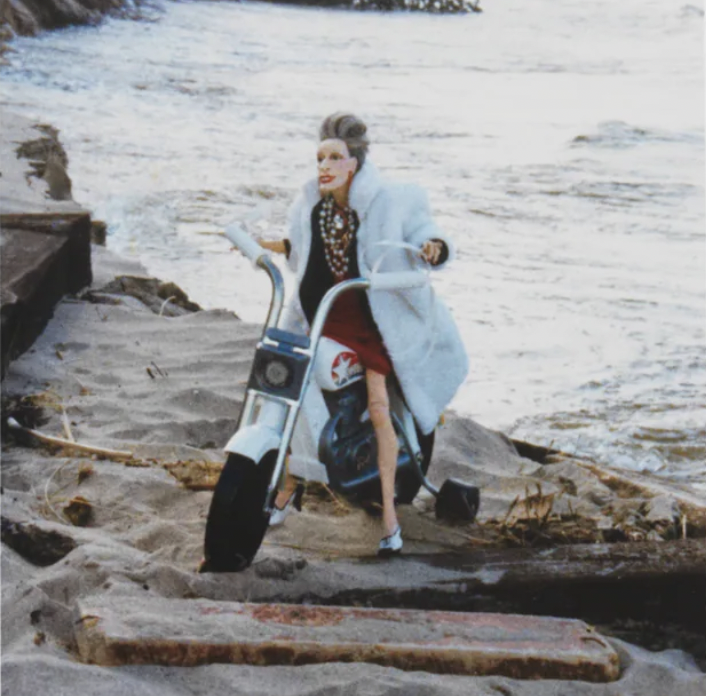
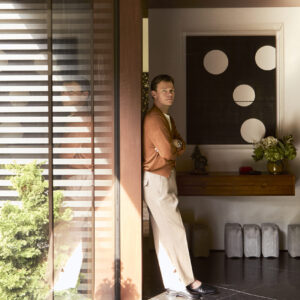
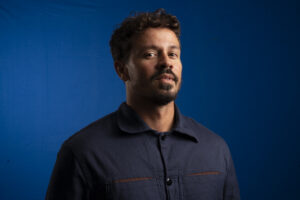
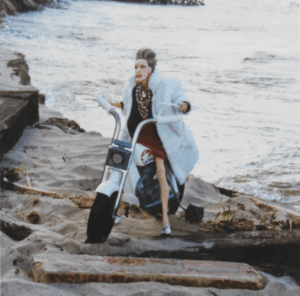

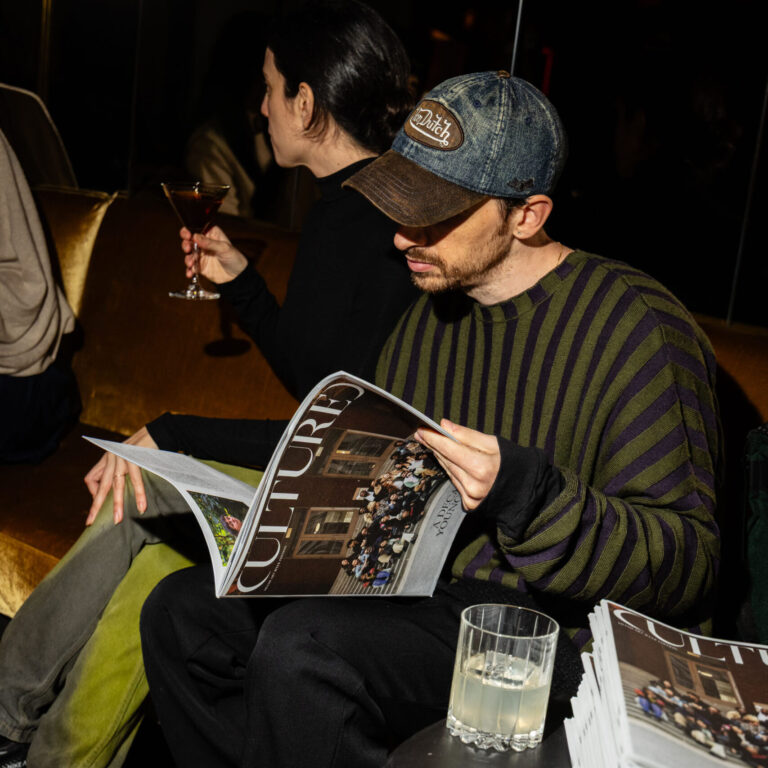

 in your life?
in your life?

